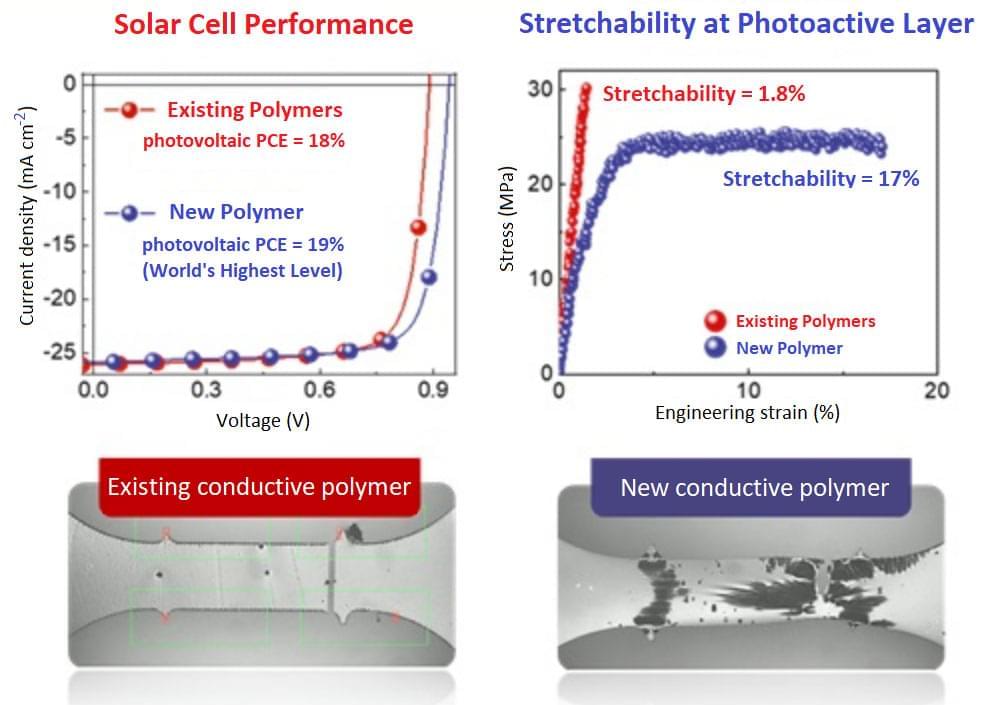Jan 5, 2024
A butterfly-inspired design to create crumple-recoverable electronics
Posted by Genevieve Klien in categories: engineering, mobile phones
Over the past decades, electronics engineers have created devices of various shapes and with increasingly sophisticated designs. This includes electronics that can be folded onto themselves, such as foldable phones, along with various other compressible devices.
Researchers at Ajou University and other institutes in South Korea recently introduced a new design for developing crumple-recoverable electronics, or in other words, electronics that can recover their original shape after being crumpled or compressed onto themselves to reduce their size. This design, outlined in a paper published in Nature Electronics, draws inspiration from the mechanism that allows butterflies to unfold their wings when leaving their cocoon.
“Nature is rich of different plants and animals, each of which survived by adapting and evolving in extreme environments,” Seungyong Han, co-author of the paper, told Tech Xplore. “Personally, I’ve always thought that by closely observing these phenomena, we can find clues to solve various problems in modern society. Also, by approaching this from an engineering perspective, I believed we could achieve results that may improve people’s daily lives.”


















